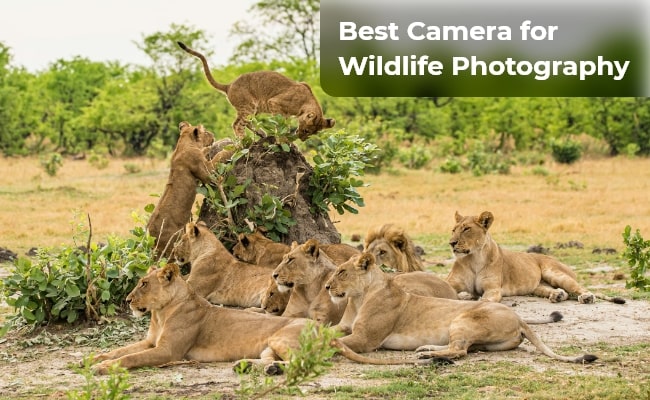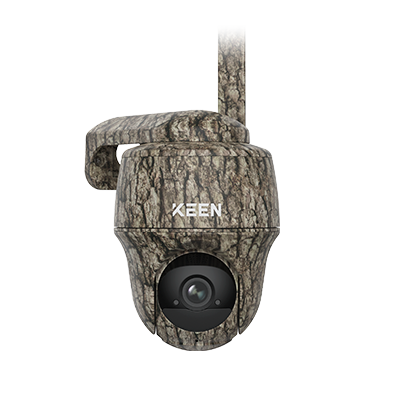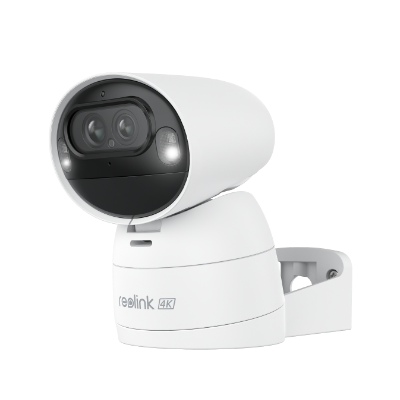Best Camera for Wildlife Photography: Capture the Wild

Capturing the essence of nature and wildlife in their raw, untamed beauty is a pursuit that demands a special kind of camera. Whether you're a seasoned professional or an enthusiastic beginner, having the right camera can make all the difference in your ability to freeze those fleeting moments and preserve them for eternity.
In this comprehensive guide, we'll explore the best camera for wildlife photography, and their essential features and provide you with top picks to help you capture the wild like never before.
What is a Wildlife Photography Camera?
A camera for wildlife photography is a specialized device designed to capture stunning images of animals in their natural habitats. These cameras for wildlife photography are built to withstand the rigors of outdoor environments, offering features that enable photographers to get up close and personal with their subjects without compromising image quality or missing a single moment.
Types of Professional Camera for Wildlife Photography
The following are some of the most common types:
DSLR Cameras
Digital Single-Lens Reflex (DSLR) cameras have long been the go-to choice for professional wildlife photographers. These robust cameras offer excellent image quality, fast autofocus capabilities, and a wide range of interchangeable lenses to suit any shooting scenario.
Mirrorless Cameras
The best mirrorless camera for wildlife photography is a relatively newer technology that has gained immense popularity in recent years, particularly in the realm of wildlife photography. These compact and lightweight cameras offer performance comparable to DSLRs, with the added advantage of being more portable and discreet, making them ideal for capturing skittish wildlife.
Superzoom Cameras
Superzoom cameras, also known as bridge cameras, are a popular choice for beginners and enthusiasts in wildlife photography. These cameras boast impressive optical zoom ranges, allowing you to get up close to your subjects without physically approaching them. While not as versatile as DSLRs or mirrorless cameras, superzoom cameras are a great entry-level option.
Trail Cameras
Trail cameras, or game cameras, are a specialized type of camera designed to capture wildlife in their natural habitats without human intervention. These cameras are typically motion-activated and can be left in the field for extended periods, making them invaluable tools for researchers and wildlife enthusiasts alike.
Top 3 Picks for Best Cameras Wildlife Photography
1. Best Affordable Trail Camera for Wildlife Photography
If you're on the hunt for an affordable and best affordable camera for wildlife photography adventures, the KEEN Ranger PT from Reolink is an excellent choice. This innovative camera offers 360° live streaming, allowing you to explore nature anytime, from the comfort of your home or on the go.
With its smart real-time alerts, you'll never miss a beat, as the camera will notify you whenever motion is detected, ensuring you don't miss out on any exciting wildlife encounters. The 2K resolution (2560x1440 pixels) delivers crystal-clear images, capturing the finest details of fascinating natural sceneries, making you feel as if you're right there in the midst of it all.
4G Trail Camera offers 360° Live Streaming
4G LTE Network, 2K 4MP Super HD, No-Glow IR LEDs, Person Detection, Animal Detection, Two-Way Audio, Battery/Solar Powered.
2. Best Outdoor Security Camera for Capturing Wildlife
Outdoor security cameras, when set up correctly, can not only provide security but also capture the wonders of nature. The Reolink Argus Track stands out as an excellent choice for wildlife photography needs. With its dual-lens PTZ design and impressive 4K 8MP resolution, this camera can automatically track animal movements. Its unique combination of two lenses in one device widens its viewing angle, making it perfect for outdoor wildlife surveillance.
4K Dual-Lens Wi-Fi Solar/Battery Camera
4K 8MP Ultra HD, Auto-Zoom Tracking, Pan, Tilt & 6X Hybrid Zoom, Color Night Vision, Dual-Band Wi-Fi.
3. Best Mirrorless Camera for Wildlife Photography
When it comes to the best Canon camera for wildlife photography, the Canon EOS R6 Mark II is a top contender. This powerhouse camera boasts advanced features tailored for capturing the beauty and drama of the natural world, making it a favorite among professionals and enthusiasts alike.
Best Camera for Nature Photography: Essential Features
When it comes to choosing the best wildlife photography camera, there are several essential features to consider:
- Autofocus system: A fast and accurate autofocus system is crucial for capturing sharp images of moving subjects.
- Continuous shooting speed: The ability to capture multiple frames per second can make the difference between freezing the perfect moment or missing it entirely.
- ISO performance: Wildlife photography often involves shooting in low-light conditions, making good ISO performance essential for capturing clean, noise-free images.
- Silent shooting mode: Many wildlife subjects are easily spooked by noise, making a silent shooting mode a valuable asset for getting close without disturbing them.
- Night vision: For those interested in capturing nocturnal wildlife, night vision capabilities can be a game-changer.
- Image quality: Ultimately, the quality of the images produced by the camera should be a top priority, ensuring that every shot is crisp, detailed, and true to life.
How to Choose the Best Camera Lens for Wildlife Photography?
Choosing the right lens is just as crucial as selecting the perfect camera body for wildlife photography. Here are some tips to help you make an informed decision:
- Focal length: Longer focal lengths, such as telephoto or super-telephoto lenses, are ideal for capturing distant subjects without disturbing them.
- Aperture: A fast aperture (low f-number) will allow you to shoot in low-light conditions and achieve beautiful background blur, separating your subject from the surroundings.
- Image stabilization: Look for lenses with built-in image stabilization to compensate for camera shake, especially when shooting at longer focal lengths.
- Weather sealing: Opt for weather-sealed lenses that can withstand the elements, as wildlife photography often involves shooting in harsh outdoor environments.
FAQs
Which camera is mostly used for wildlife photography?
There is no one-size-fits-all answer, as both DSLR and mirrorless cameras are widely used for wildlife photography. Professionals and experienced enthusiasts often prefer DSLRs for their robust build, extensive lens selection, and battery life, while mirrorless cameras are gaining popularity due to their compact size, advanced autofocus capabilities, and silent operation.
Is DSLR or mirrorless better for wildlife photography?
Both DSLR and mirrorless cameras have their strengths and weaknesses when it comes to wildlife photography. DSLRs offer longer battery life, extensive lens options, and robust performance, while mirrorless cameras are more compact and offer advanced autofocus systems and silent shooting modes. Ultimately, the choice depends on your specific needs and shooting preferences.
What is the best image quality for wildlife photography?
When it comes to image quality for wildlife photography, you'll want a camera that can produce high-resolution, detailed images with excellent dynamic range and low noise performance, even in challenging lighting conditions. Look for cameras with large image sensors, high megapixel counts, and advanced image processors to ensure you capture the finest details and vibrant colors of your wildlife subjects.
Conclusion
Choosing the best camera for wildlife photography is a highly personal decision that should be based on your specific needs, shooting style, and budget. Whether you opt for a DSLR, mirrorless, superzoom, or trail camera, the key is to prioritize features that will allow you to capture the wild in all its glory.
We hope this guide has provided you with valuable insights into the best cameras for wildlife photography and helped you on your journey to becoming a master of capturing the wild. Share your thoughts and experiences with us, and let's continue to inspire and educate each other on this incredible art form.
Search
Be in the Know
Security insights & offers right into your inbox


